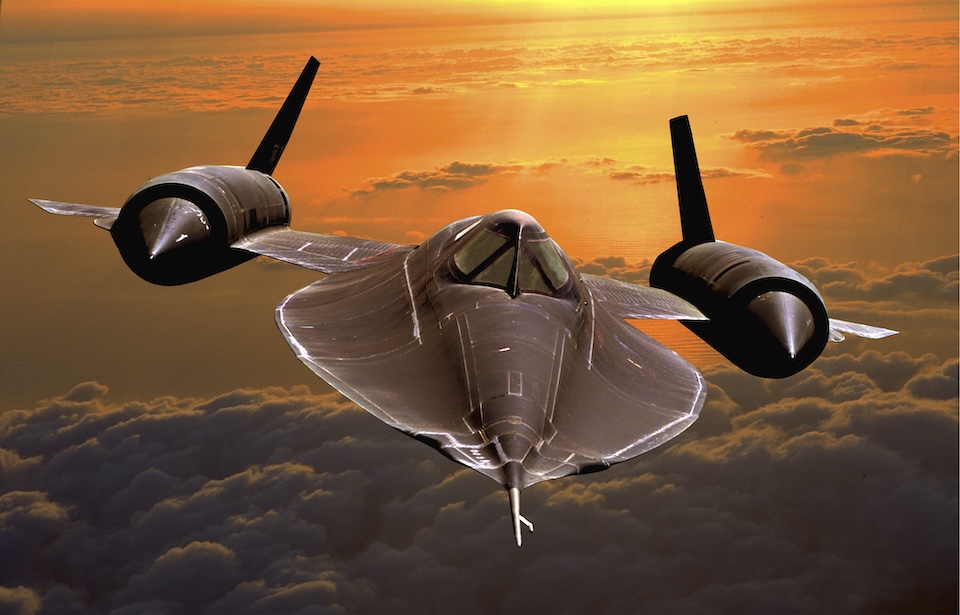A special aircraft requires special materials
The SR-71 Blackbird project was run through Lockheed’s Skunk Works. The aircraft was intended to be an update on the A-12, the company’s previous reconnaissance aircraft. The lead engineer on both projects was Clarence “Kelly” Johnson.
Developers working on the project were under intense pressure and tight deadlines from the US government. During his 1964 presidential campaign, Republican candidate Barry Goldwater slammed President Lyndon B. Johnson for allowing the United States to fall behind the USSR when it came to military technology.
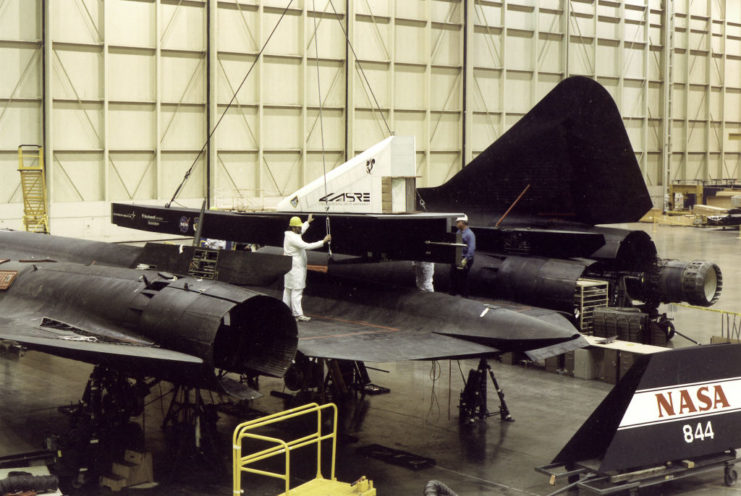
The SR-71 was designed to be bigger than the A-12, so it could carry more fuel and allow for a dual-cockpit. At the same time, the updated aircraft needed to be faster than its predecessor. As such the project was challenging for the engineers at Lockheed, with Johnson recalling a number of years later, “Everything had to be invented. Everything.”
Lockheed engineers came up with a solution
The SR-71 Blackbird was designed to achieve incredible speeds, reaching up to 2,000 MPH and sustaining this speed over extended durations. However, such extreme speeds resulted in a lot of atmospheric friction, which caused the airframe to melt, particularly along the edges where temperatures could exceed 1,000 degrees Fahrenheit.
To address this problem, the aircraft was covered in titanium. Lockheed noted, “Titanium alloy was the only option for the airframe – providing the strength of stainless steel, a relatively light weight and durability at the excessive temperatures.”
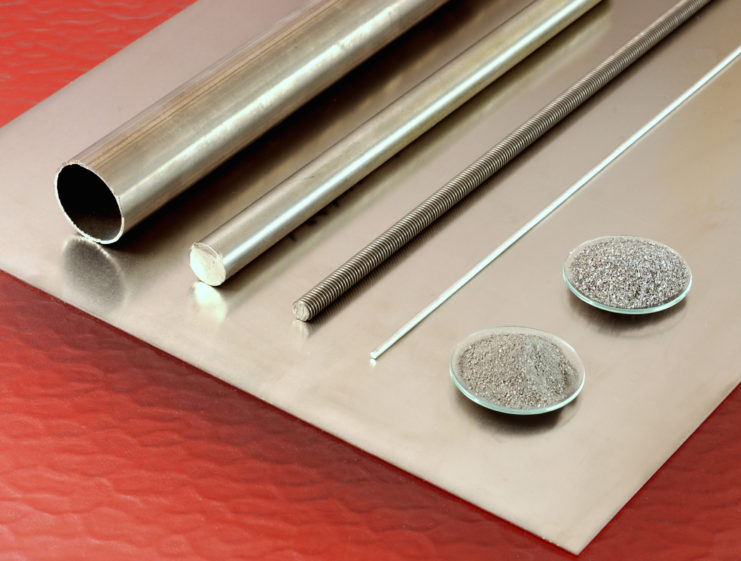
Titanium wasn’t readily obtainable
Titanium presented challenges because of its pliability and limited supply. The United States encountered a lack of this essential ore required for production, with the Soviet Union becoming its primary supplier. Amidst escalating Cold War tensions, both nations rigorously protected their intelligence, leading the US government to refrain from sharing detailed operational information with the Soviets.
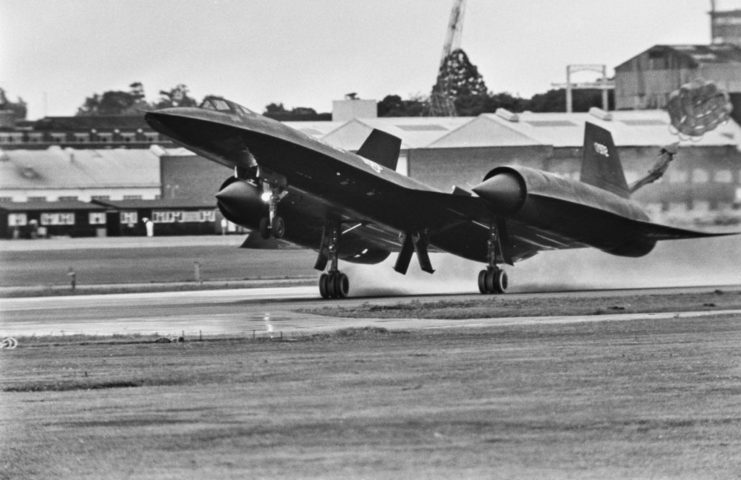
Colonel Rich Graham, an SR-71 pilot and former wing commander, explained to the BBC:
“The airplane is [92 percent] titanium inside and out. Back when they were building the airplane the United States didn’t have the ore supplies – an ore called rutile ore. It’s a very sandy soil and it’s only found in very few parts of the world. The major supplier of the ore was the USSR. Working through Third World countries and bogus operations, they were able to get the rutile ore shipped to the United States to build the SR-71.”
The SR-71 Blackbird proved itself during the Yom Kippur War
Throughout the Yom Kippur War, the United States United States maintained close surveillance of the conflict between Israel and a coalition of Arab states. Employing the SR-71 Blackbird, an ideal reconnaissance asset, allowed for continuous monitoring of the unfolding events. Pilots embarked on missions ranging from three to eleven hours, tasked with acquiring key intelligence concerning the positions of the conflicting parties.
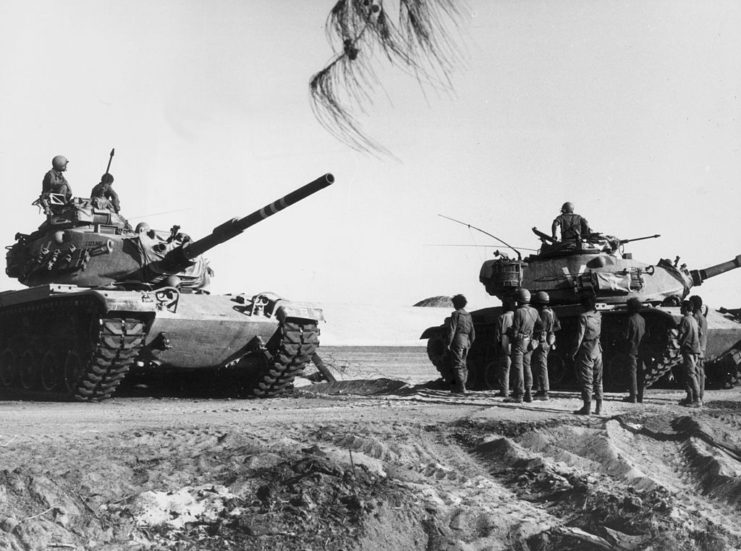
In an interview with the BBC, Col. Rich Graham recalled;
“The President wanted to find out whether the Arabs and the Israelis had really moved back from the front line like they said they did. We went over there, took the imagery, came back and showed photographic proof they were both lying about where their forces were. He called both countries and said, ‘Get them back, I’ve got proof you’re not where you’re supposed to be.’ That’s what ended the Yom Kippur War.”
The legacy of the SR-71 Blackbird
The SR-71 Blackbird was operational from 1966-98, with NASA continuing to fly it for an additional year. Throughout its service, it remained the fastest aircraft of its time. The SR-71 was deployed during the Israeli invasion of Lebanon, the Yom Kippur War and the US raid on Libya in 1986. It also helped reveal Iranian Silkworm missile batteries.
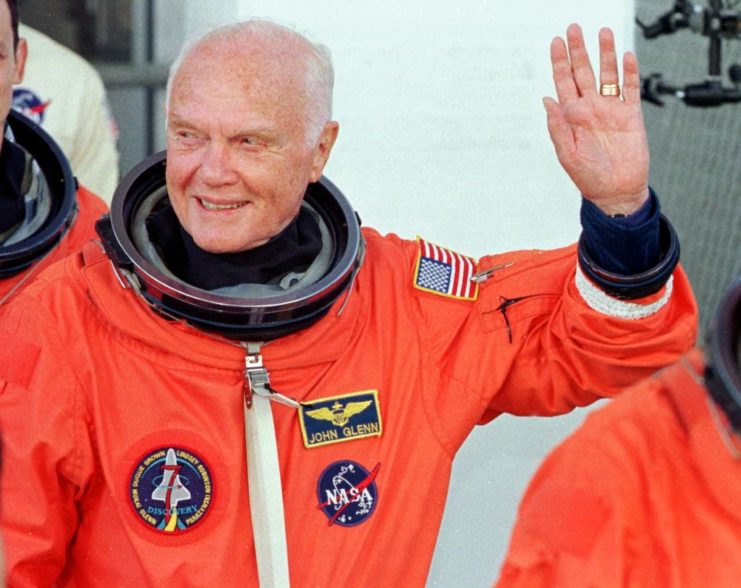
New! Want to become a trivia master? Sign up for our War History Fact of the Day newsletter!
Not everyone was pleased with the decision to retire the aircraft from service. Former astronaut and Sen. John Glenn wrote to US President George H.W. Bush at hearing the announcement, “Mr. President, the termination of the SR-71 was a grave mistake and could place our nation at a serious disadvantage in the event of a future crisis.
“Yesterday’s historic transcontinental flight was a sad memorial to our short-sighted policy in strategic aerial reconnaissance.”
